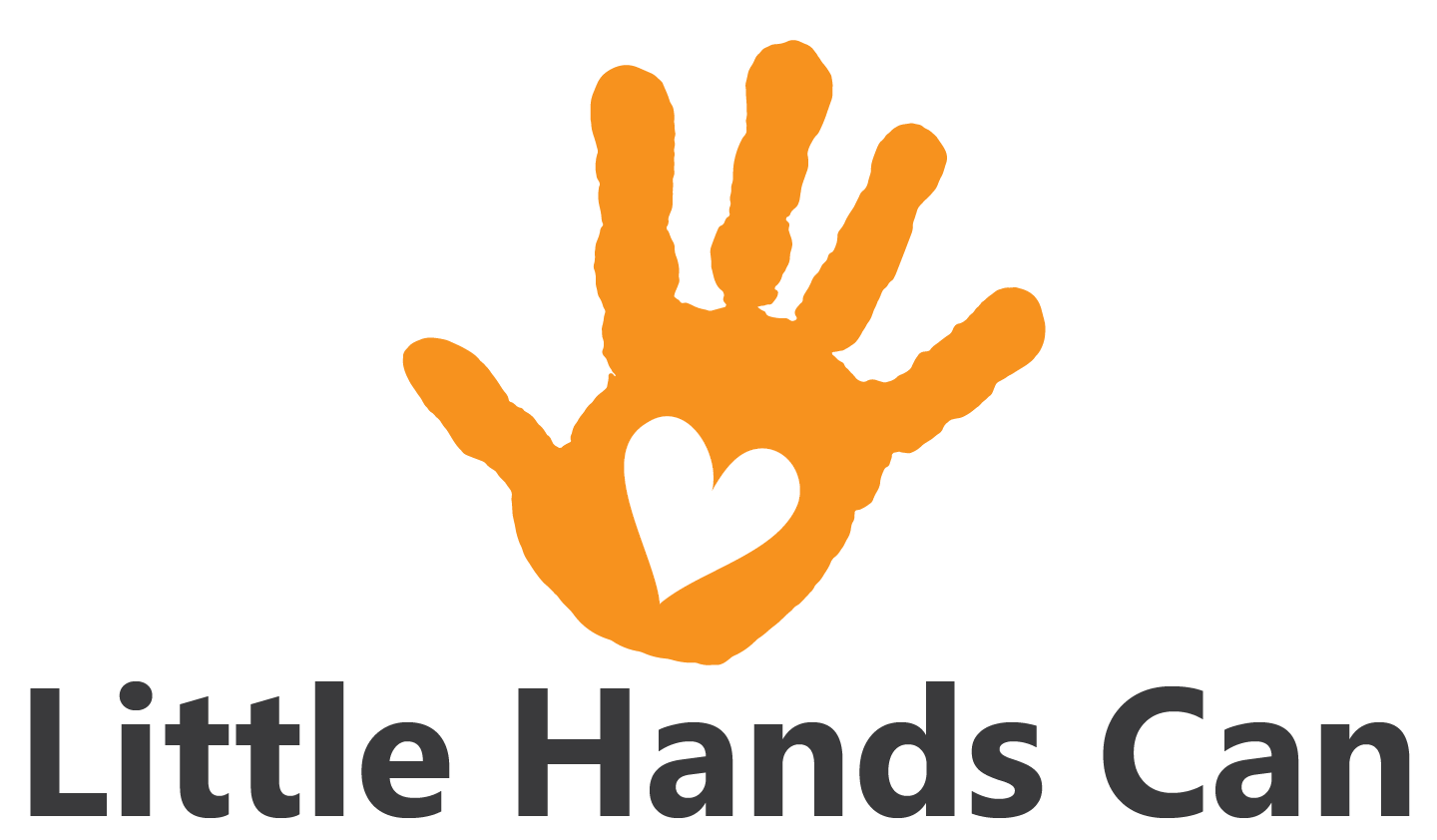Kindness Kit #6: Caring for the Environment
Below you will find directions to complete your service project(s)!
Service Project #1: Upcycle/Reuse
While it is best to try to reduce the amount of garbage, plastic, and waste in our households, there are ways we can reuse and “up”cycle plastic and glass in order to prevent it from ending up either in a landfill or to prevent the need to buy more products. Your DIY projects using plastic bottles can replace many materials you might otherwise buy! And these are also projects that consider the needs of the environment as well, such as food, shelter, and water for humans, insects, and animals.
Idea #1: Make planters out of yogurt containers, plastic water bottles, laundry detergent bottles, or other plastic items.
This is always a favorite at our summer Kindness Camps!
First, clean an empty yogurt container.
Punch a hole in the bottom for water to drain out.
Decorate the outside of your container with paper, paint, markers, stickers, stencils, or other materials.
Fill your new pot with potting soil.
Plant flowers, a small plant, or herbs in the pot.
Water it and enjoy!
Idea #2: Create a Bee Bath
Did you know that bees are critical to assisting our food supply? While bees are working hard they also need water, just like humans do! Bees need a safe place to land in order to have access to water. They risk drowning or being eaten by predators if they try to land in bird baths, rivers, and ponds. We have a solution that can help the bees while you reuse items from home.
Supplies:
Container- shallow or deep
Marbles and-or rocks
Scissors
String
Stencils (optional)
Paint
How we did it:
1. We had an old glass light cover to use as our bee bath, but you could upcycle any container you wish, such as using the bottom half of a detergent bottle, water bottle, or yogurt container.
2. We used stencils to paint a bee and a flower onto the cover.
3. The light cover is deep, so we added marbles and rocks to fill it to the top. It is important to add a few larger marbles or rocks that stick out of the water on top of the pile for the bees to safely land on.
4. The light cover already had holes along the sides so we could thread string through to hang the bee bath on a tree limb. If needed, punch holes on both sides of your container and thread string through.
5. Fill it with water and change the water often to avoid mosquitos.
idea #3: create a bird feeder with a water bottle
We love this idea from Kelly Leigh Crates. Create a bird feeder using Plastic bottle two wooden spoons (although you could also use plastic spoons), scissors, a craft knife, floral wire, and birdseed.
For directions, click here!
Service Project #2 Reduce!
Letting your child take the lead or participate, create a plan for how you are going to reduce your waste and your carbon footprint while you are at home.
Choose an area to work on. Some ideas are:
Using less electricity (e.g., unplugging chargers when not in use, turning off lights when you are not in a room, turning off computers when not in use, etc.).
Reducing use of plastic (e.g., buying reusable silicon bags rather than ziplock baggies, buying items in the store in paper rather than plastic packaging, making some of your own food rather than buying products that come in packaging, reusing grocery bags, etc.).
Growing your own food rather than purchasing it (e.g., start a garden!)
Not wasting food (Check out our composting activity here!).
Riding your bikes rather than driving.
Reducing your use of water (e.g., shorter baths/showers, turning off the faucet while brushing your teeth, etc.).
Draft a timeline and a plan for how you will accomplish your goal.
At the end of your timeframe, note the changes you made. Were they hard? How did they help the planet? What worked and what didn’t? Is there MORE you could do to reduce your footprint even further? What else will you try?
Actually count the items you use before you begin and then count afterward.
If you start a garden, note how much you will save during your trips to the grocery store and how many fewer plastic bags you will use each week as a result.
Share what worked with us! We’d love to hear how it goes!











